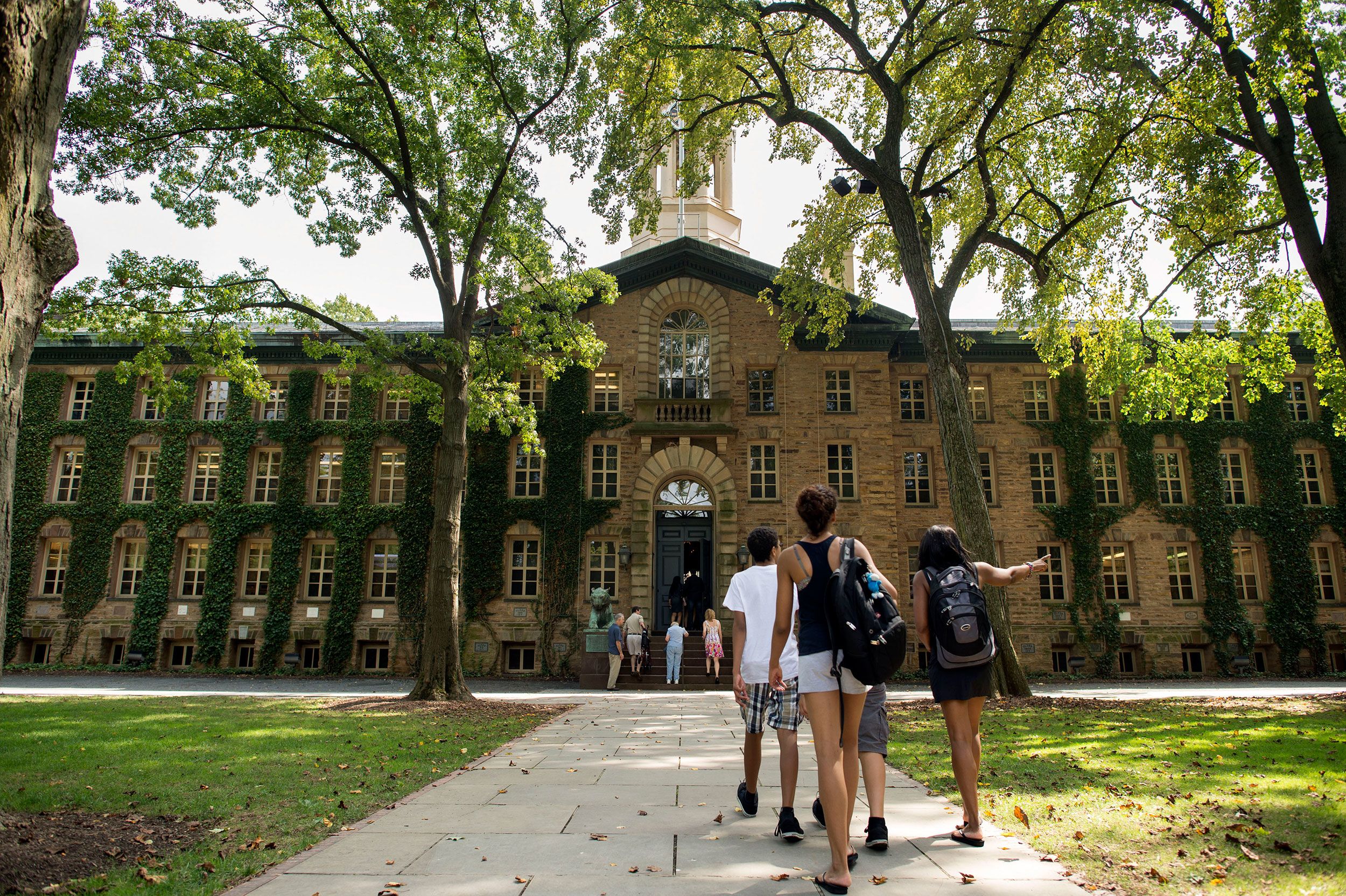
Examining the Struggles and Opportunities for a Diverse Student Group
Introduction
A recent comprehensive study conducted by the Law School Survey of Student Engagement (LSSSE) has shed light on the unique challenges first-generation law students face. This groundbreaking research has uncovered disparities in academic performance, financial burdens, and opportunities for professional networking. The study emphasizes the need for law schools to offer enhanced support and flexibility to this growing demographic. This article delves into the essential findings and implications of the LSSSE report.
The First-Generation Law Student Landscape
The LSSSE report revealed that first-generation law students constitute a significant portion of the legal education landscape, making up 26% of law students across the United States. This underlines the importance of understanding and addressing the issues they face during their legal education journey.
Unique Challenges Faced by First-Generation Law Students
Survey director Meera Deo points out that first-generation law students face numerous additional challenges. They are more likely to take on responsibilities such as caring for dependents and working while pursuing their legal education. Consequently, Deo highlights the necessity for law schools to implement strategies that promote greater engagement and support for these students, helping them better integrate into campus life.
Academic Engagement Discrepancies
One striking finding from the LSSSE report is that first-generation law students reported spending less time per week participating in law school-sponsored activities than their non-first-generation peers. Specifically, 37% of first-generation students reported no involvement in such activities, unlike 31% of non-first-generation students. While this discrepancy could be attributed to time constraints, it also means that first-generation students may miss out on valuable professional connections that often result from participating in these activities.
Diversity Among First-Generation Law Students
The study also identified diversity among first-generation law students. Only 21% of white law students have parents who did not graduate from college, while this percentage is significantly higher for other ethnic groups. For instance, 53% of Latino law students, 36% of Black law students, and 40% of Native American law students have parents without college degrees. Additionally, the report highlights that first-generation status is more prevalent among female law students, with 28% compared to 24% among their male counterparts.
Academic Performance Disparities
First-generation law students enter their legal education journey with an average Law School Admission Test (LSAT) score of 154, three points lower than the 157 average among non-first-generation students, as indicated by the LSSSE study. Furthermore, their academic performance in law school tends to be slightly lower, earning them a “B” average compared to a “B+” among non-first-generation students. These differences in LSAT scores and grades can affect their eligibility for merit-based scholarships, thereby increasing their financial burdens.
Financial Challenges
The LSSSE report indicates that first-generation law students often come from lower-income families. As a result, they are more likely to graduate with higher debt loads than their peers. Shockingly, over a third of first-generation law students anticipate graduating with debts exceeding $120,000, a significantly higher percentage than the 23% of law students whose parents graduated from college.
Don’t be a silent ninja! Let us know your thoughts in the comment section below.

